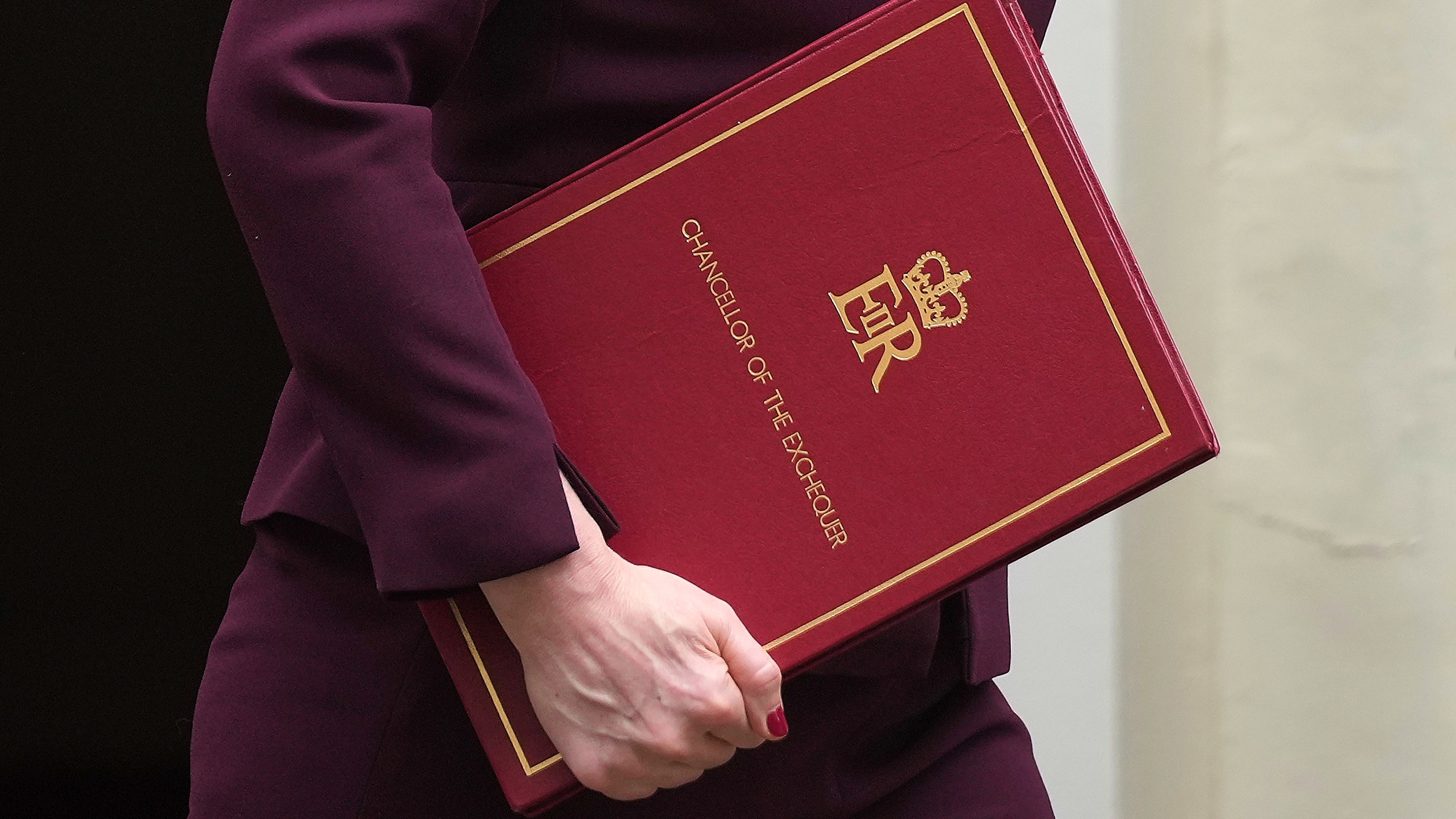
Lloyds (LLOY) is a pure U.K. banking play, with 95% of its assets based domestically. After its massive restructuring, which started in 2011, the bank emerged as a low-risk domestic retail and commercial bank.
With this update, we have updated our model with 2017 actual numbers, rolled our model by adding a year, and taken a fresh look at our estimates overall in light of the last management call and full-year results. On the whole, our investment thesis for Lloyds is intact and our sentiment is that the unique brand franchise is unchanged. Following small adjustments to our estimate in 2021/22, mainly on the margin side, we have adjusted our fair value estimate slightly to 76p from 84p per share.
How Does Brexit Impact Lloyds?
While the current economic and political outlook, mainly driven by the United Kingdom's decision to leave the European Union, could affect its operations more than others’, we believe Lloyds can weather any short-term volatility. In our base scenario, factoring in some slowdown in GDP growth, we believe Lloyds will continue to increase its return on equity during our forecast period.
On the cost side, especially when it comes to regulatory cost risk, we believe the worst is over for Lloyds. We also anticipate visible improvement when it comes to total cost, with the help of digital investments and additional branch closures and full-time employee reduction.
We see Lloyds as one of the least affected when it comes to the loss of passporting rights, as its management team has already started the process of transforming its Berlin branch into a full subsidiary to make it a base for the firm’s business in the European Union ahead of Brexit.
Positive Acquisition
We view Lloyds’ recent acquisition of MBNA, Bank of America’s U.K. credit card business, as positive and believe it is compatible with Lloyds’ multi-brand, multichannel strategy, as well as its targeted growth in consumer finance.
The acquisition was made with a view to increasing Lloyds’ presence in consumer finance, with credit card and car finance segments. These segments will help Lloyds diversify its revenue mix toward higher-yielding segments when revenue generation is under pressure from lower-for-longer rates. With this addition, the bank will increase its market share in credit cards to close to 26% from 15% previously, close to the levels of Barclaycard, the market leader.
We assign a narrow moat to Lloyds, meaning we think it has a small competitive advantage over peers, driven by its robust U.K. retail business franchise, which it operates via Lloyds Bank, Scottish Widows, Bank of Scotland, and Halifax, and which generates 48% of underlying operating profits.





























